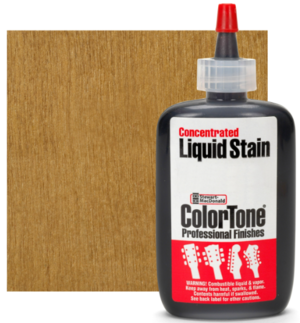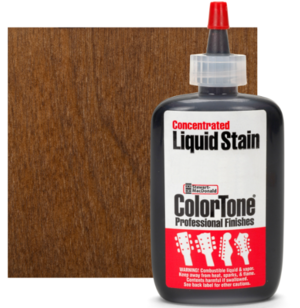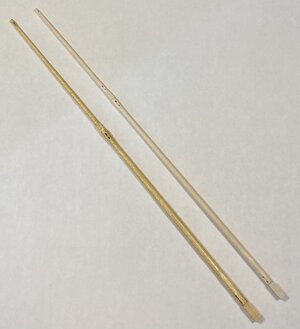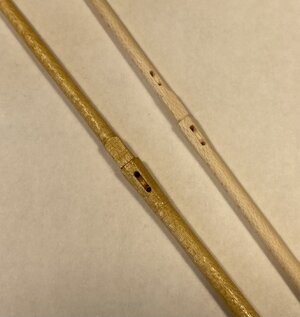Maple is a wonderful wood. Much loved and appreciated by early American New England furniture makers, Especially when highly figured, although the figured boards are much harder to work because the grain goes every which way. Many of these prized antiques have a highly valued and appreciated golden color, due to being finished with thinned amber shellac. Shellac is perhaps the most common finish I encountered original to the period pieces of furniture I worked on for most of forty years, English and American. Even on ship models of that period.
However, Maple will never be Walnut or Mahogany or Cherry. It resists even the most valiant efforts to the contrary. Though I must admit That Y.T. has pretty well nailed it using acrylic paint built up in repeated translucent coatings. He has a picture of a Top he's made for his "Victory' model which makes a liar out of me. His results are amazing! Time, experimentation, and patience ( which he as in waaay greater abundance than me) I expect are his super powers.

 Maybe I'll keep my comments to myself until I know what I'm talking about from now on.
Maybe I'll keep my comments to myself until I know what I'm talking about from now on.








